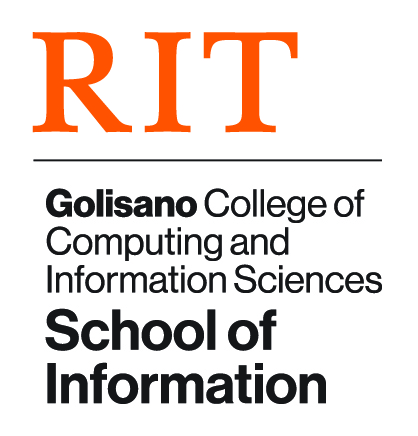RLES Guide
GCCIS's Remote Laboratory Emulation System (RLES; pronounced "are-less") is a virtual private network that's not accessible to the outside world, with an environment set up just for our class.
Getting Started
Access RLES at https://rlescloud.rit.edu/
Sign in with your RIT computer account credentials.
Provisioning a VM
When you first log into RLES, you'll land on the Catalog tab, where you'll see all of the virtual machine images that you have access to. Click on 'Request' to provision a VM instance.
On the next screen, note the option selected in the "Business group" dropdown. If you're going to be using this VM in a group project, make sure your group's name is selected in this dropdown.
Update the "Description" field with a meaningful value. For example, if you're going to use this VM to test out building a LAMP stack for ISTE-444, you could enter a description of "LAMP stack for ISTE-444". Having useful descriptions will really help you out when you've got multiple VMs provisioned.
Hit the "Submit" button to send the request to have your new VM provisioned. It should take a few minutes before the new VM is ready.
Accessing a VM
RLES VMs are only accessible within RLES. To access a VM that you've provisioned, go to the "Deployments" tab and find the entry for the VM that you're looking for.
RLES VMs typically automatically suspend after 6 hours in order to conserve RLES resources, so if the status of your VM is "Off", click the "Actions" dropdown and choose "Power on deployment" (then click "Submit" on the next screen). It should take a minute or so for the VM to turn back on.
Once a VM is powered on, click the VM's name, and then in the "Components" section, click on the VM entry (not the network). Click the gear icon that appears to the right of the VM entry to display a context menu.
To access a VM, you can use a browser, or you can use VMware's Remote Console (VMRC). Using a browser to access the VM is quick and easy, but it won't allow for copy/pasting from your host computer. To use the browser, click "Connect to Remote Console" in the context menu.
To use VMware's Remote Console, click "Connect using VMRC". A new browser tab will open with a link for connecting to the VM. If you haven't used VMRC before, click the "Download VMRC" link and follow the instructions for your operating system. Once VMRC is installed, you can click the "Connect to console using VMRC" to open your VM using the VMRC application.
Group Work
You should all be able to see your groups VMs; if, on the Deployments page, you don't see a VM that someone else in your group created, click the filter icon next to "Deployments" and clear the checkmark next to your name.
Troubleshooting
VM loses connectivity If your VM loses connectivity, try toggling the wired connection: Click the power icon in the top right corner, click "Wired Connected", and click "Turn Off". Then again click the power icon, click "Wired Off", and then "Connect".
